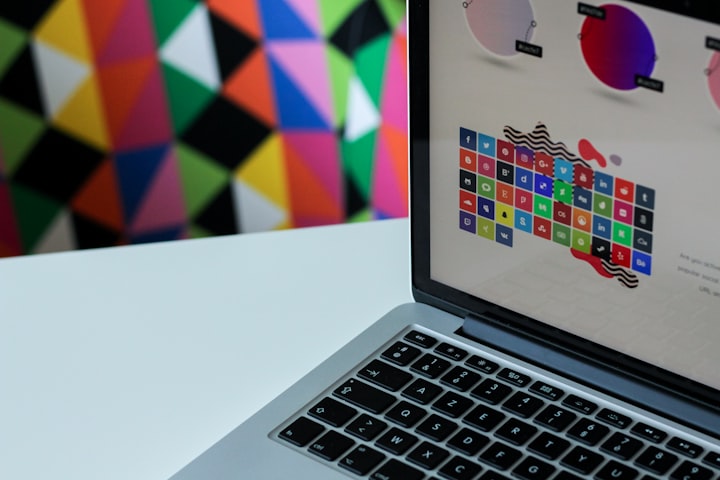The Evolution of UI/UX Design: Why Adapting to New Trends Is Crucial
Embracing these trends not only enhances user satisfaction but also contributes to a brand's competitiveness and long-term success in the digital landscape.

In today's rapidly changing digital landscape, UI/UX (User Interface/User Experience) design is at the forefront of innovation. The way we interact with technology is constantly evolving, and so too are the principles and trends that govern UI/UX design. In this blog post, we'll explore how UI/UX design is changing and why adapting to new trends is crucial for designers, businesses, and users alike.

Understanding the Evolution of UI/UX Design
1. Mobile-First Approach
The proliferation of smartphones has led to a significant shift in UI/UX design. Designers are now prioritizing the mobile experience, creating responsive designs that adapt seamlessly to various screen sizes. Mobile-first design ensures that users have a consistent and user-friendly experience, regardless of the device they use.
2. Minimalism and Simplicity
Gone are the days of cluttered and complex interfaces. Modern UI/UX design favors minimalism and simplicity. Clean layouts, intuitive navigation, and a focus on essential elements provide users with a streamlined and enjoyable experience. This approach reduces cognitive load and enhances user engagement.
3. Microinteractions
Microinteractions are subtle animations or feedback loops that occur within a user interface. They add an extra layer of interactivity and delight to the user experience. Incorporating micro-interactions, such as button animations or progress indicators, creates a more engaging and intuitive interface.
4. Dark Mode
Dark mode has gained popularity not only for its aesthetic appeal but also for its practicality. It reduces eye strain in low-light conditions and extends battery life on OLED screens. Designers are increasingly incorporating dark mode options into their interfaces to cater to user preferences.
5. Voice User Interfaces (VUI)
With the rise of voice-activated devices like smart speakers and virtual assistants, VUI design has become a significant trend. Designers are now challenged to create interfaces that are not only visually appealing but also voice-friendly. Conversational design and natural language processing are key components of VUI design.

Why Adapting to New Trends Is Essential
1. User Expectations
Users have come to expect seamless and intuitive digital experiences. Failing to adapt to new UI/UX trends can lead to frustration and dissatisfaction among users. Staying current with design trends ensures that your product remains competitive and user-friendly.
2. Competitive Advantage
In a crowded marketplace, having a visually appealing and user-friendly interface can set your product apart from competitors. Adapting to new design trends can give your brand a competitive edge and attract a larger user base.
3. Technology Advancements
Advancements in technology, such as augmented reality (AR), virtual reality (VR), and wearable devices, are continually reshaping the way users interact with digital interfaces. Adapting to these advancements allows designers to explore innovative design possibilities and stay relevant in the industry.
4. Accessibility and Inclusivity
New UI/UX trends often emphasize accessibility and inclusivity. Adhering to accessibility standards ensures that your product can be used by individuals with disabilities, expanding your user base and demonstrating a commitment to social responsibility.
5. Improved Conversion Rates
A well-designed user interface can lead to improved conversion rates. By optimizing the user experience and reducing friction in the design, businesses can drive more conversions, whether it's making a purchase, signing up for a newsletter, or completing a form.
In conclusion, the world of UI/UX design is in a constant state of evolution. Adapting to new trends is not just a matter of staying current; it's a strategic imperative for businesses and designers.
Embracing these trends not only enhances user satisfaction but also contributes to a brand's competitiveness and long-term success in the digital landscape.
To remain at the forefront of UI/UX design, designers and businesses must be agile, innovative, and responsive to changing user needs and technological advancements.
About the Creator
steve mathews
A passsionate UI/UX designer. I'll be posting more about the UI/UX trends and the updates happeing in the UI/UX world.






Comments
There are no comments for this story
Be the first to respond and start the conversation.